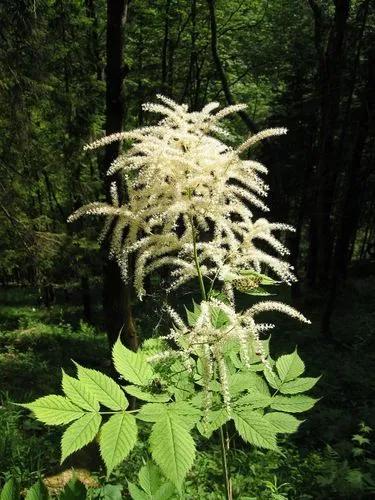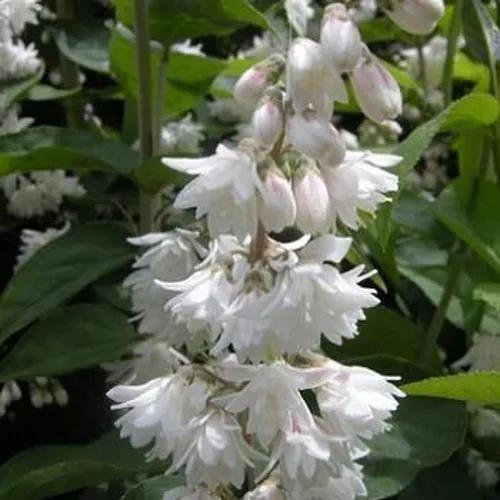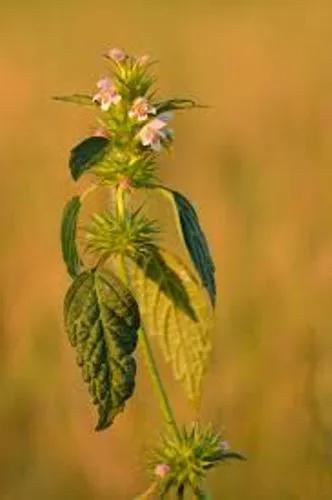Lathyrus japonicus (common names sea pea, beach pea, circumpolar pea and sea vetchling) is a legume native to temperate coastal areas of Asia, Europe, and North and South America.
Sea Pea Care
Lathyrus japonicus



athyrus japonicus is a perennial plant. The stem grows to 15 to 30 cm (6 to 12 in) and is limp, has no wings and is often hairless. The leaves are alternate, greyish green and somewhat succulent, almost stalkless with large, wide stipules. The leaf blades are pinnate with three to five pairs of narrow lanceolate leaflets with blunt tips, entire margins and a terminal tendril. The inflorescence has a long stem and five to twelve purple flowers, each 14 to 20 mm (0.6 to 0.8 in) long, turning bluer as they age. These have five sepals and five petals and are irregular with a standard, two wings and a fused keel. There are ten stamens and a single carpel. The fruit is a long brown pod up to 50 mm (2.0 in) in length. This plant flowers in mid-to-late summer (July and August in the Northern Hemisphere, January and February in the Southern Hemisphere).
This plant is useful.
How to get rid of: Put on gloves and gently pull out the plant with the root system, you can use a shovel for convenience
How to Care for the Plant

Popularity

82 people already have this plant 25 people have added this plant to their wishlists
Discover more plants with the list below
Popular articles






